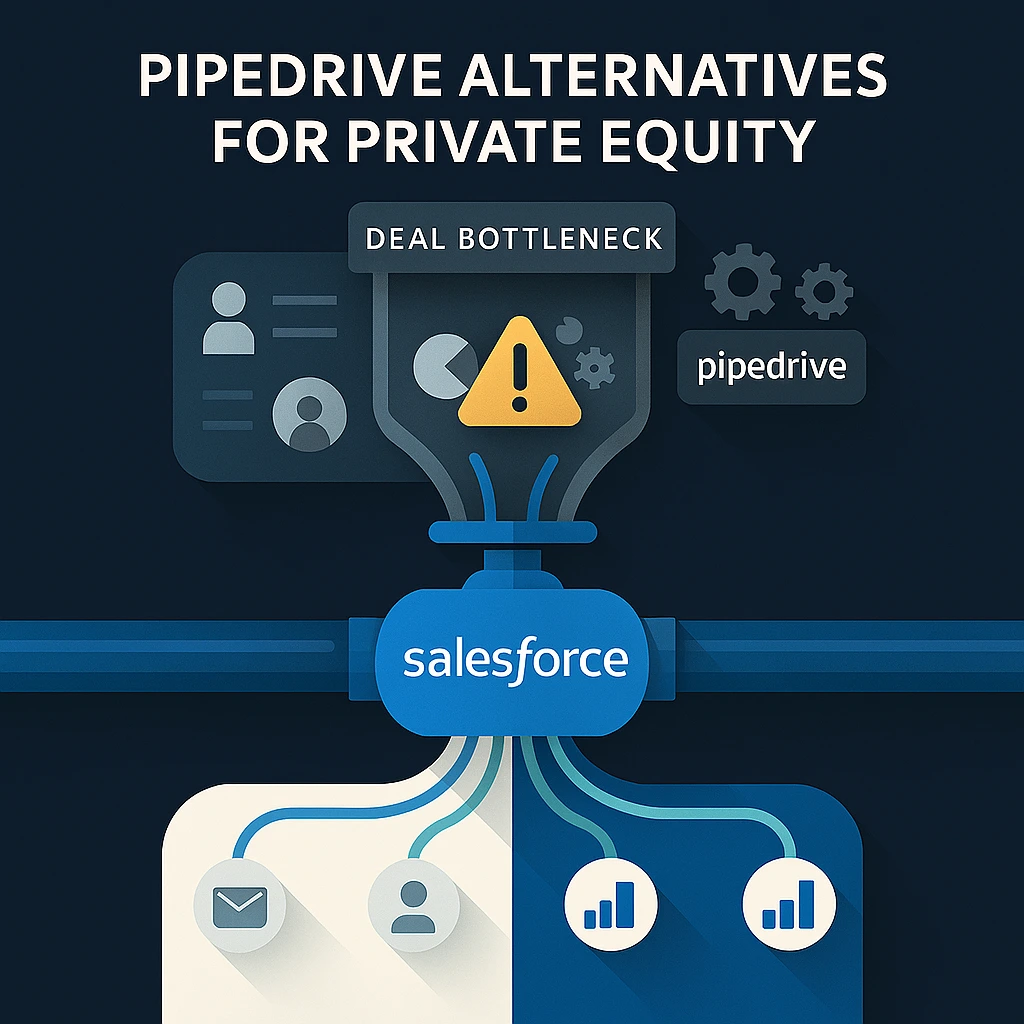•
Exit Readiness Reality Check: Why 72% of Private Equity Firms Struggle with Data-Driven Exits
July 18, 2025

A stark reality confronts private equity operating partners. EY's recent Private Equity Exit Readiness Study found that 72% of firms lack the reliable data and KPIs necessary to support exit processes. This data deficiency creates a cascade of challenges. These challenges directly impact exit valuations and execution speed.
Private equity firms are holding portfolio companies for an average of 6.7 years. This is a full year longer than the historical norm of 5.7 years. Meanwhile, 48% of firms struggle with inadequate systems and controls during exit processes. This creates due diligence delays that can derail transactions.
For operating partners managing portfolio companies, these statistics represent operational realities. They affect every value creation initiative and exit preparation effort.
The Data Fragmentation Crisis
The EY study reveals a troubling pattern. Systems and controls represent the most cited reason why firms cannot provide the right level of data granularity. This stems from what the study identifies as "a proliferation of IT applications in the Finance technology stack." This describes the spreadsheet workflows that dominate portfolio company management.
Consider a typical mid-market manufacturing company acquired two years ago. The operating partner tracks operational improvements through quarterly Excel reports. Value creation initiatives get tracked via email updates. Financial performance gets tracked through separate accounting systems. When potential buyers request detailed KPI trends, teams scramble to compile data from disparate sources. They often discover inconsistencies that raise buyer concerns.
This fragmentation creates exit challenges. It also limits the operating partner's ability to identify value creation opportunities and track initiative progress.
The Forecasting Blind Spot
McKinsey's Global Private Markets Report 2025 highlights a critical shift: firms are holding portfolio companies longer due to challenging exit conditions. Average holding periods have extended to 6.7 years, creating new pressures for operational excellence. This extended timeline demands sophisticated forecasting capabilities that manual systems cannot provide.
The manufacturing company example illustrates this challenge. When the operating partner evaluates a potential operational improvement, current systems offer limited visibility. They cannot see projected EBITDA impact or ROI trajectories. Without automated forecasting tied to operational metrics, decisions rely on intuition.
The EY study confirms this gap. Firms preparing with "data readiness activities such as data cleansing and integration" can promote exit valuations. They do this by enabling detailed tracking of value creation initiatives.
The Exit Readiness Alternative: CRM for Portfolio Companies
The answer lies in unified operational systems. These systems connect portfolio company performance tracking with automated reporting and forecasting capabilities. Modern CRM platforms designed for private equity operations provide:
Automated KPI Dashboards: Real-time visibility into operational metrics and financial performance without manual data compilation.
Value Creation Tracking: Systematic monitoring of improvement initiatives with automated EBITDA impact calculations.
Forecasting Capabilities: Predictive modeling that connects operational inputs to financial outcomes throughout the holding period.
Exit Preparation Automation: Detailed audit trails and reporting that compile due diligence materials automatically.
For the manufacturing company, this changes exit readiness from a data compilation exercise into a strategic advantage. Buyers receive operational dashboards showing three years of KPI trends and value creation attribution.
The Competitive Advantage of Operational Excellence
Private equity deal value rose 14% in 2024 to $2 trillion. This followed two years of decline. Firms that can demonstrate clear operational improvements will command premium valuations. Meanwhile, the 72% of firms struggling with data deficiencies will continue facing compressed valuations.
Operating partners with unified portfolio company management systems can:
- Identify value creation opportunities earlier through automated trend analysis
- Track initiative progress with precision, enabling course corrections before problems develop
- Demonstrate operational improvements to potential buyers with detailed data
- Reduce exit preparation time by months through automated reporting
Building Operational Infrastructure for Future Exits
The EY study provides a clear mandate. Firms that invest in data integration and systems improvements can reduce work required in deal processes. They can also promote exit valuations. This means building operational infrastructure that enables superior value creation and exit execution.
Smart operating partners are building these capabilities now. Today's portfolio company management decisions determine future exit outcomes. The question is whether to gain first-mover advantage or wait until data deficiencies constrain exit options.
For private equity leaders serious about operational excellence, the path forward requires two elements. First, portfolio company CRM systems that track value creation initiatives. Second, fund-level operational systems that provide unified visibility across the entire portfolio.
Ready to improve your portfolio company operations and exit readiness capabilities? Contact Capital S Consulting to explore how specialized CRM systems can eliminate data fragmentation. We help automate value creation tracking and position your portfolio companies for successful exits.






